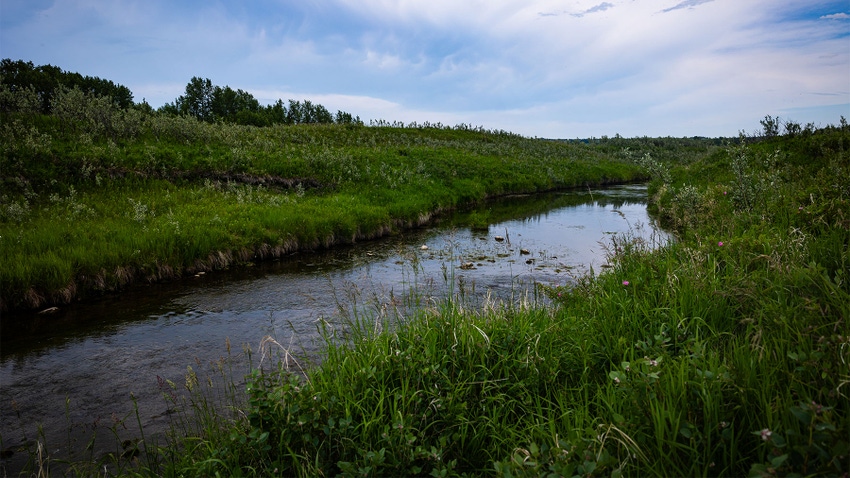January 5, 2024

The end of 2023 marked the release of the Illinois Nutrient Loss Reduction Strategy biennial report, highlighting progress made and the continual need for nutrient loss efforts.
Results from the 2023 report show nutrient loss numbers are trending in the wrong direction. Compared to the 1980-96 baseline numbers, the data from 2017-21 shows:
Nitrogen loads increased by 4.8% to 416 million pounds annually.
Phosphorus loads increased by 35% to 46 million pounds annually.
River flow, or water yield, was 23% higher annually.
Set in 2015, the NLRS goal is a 45% reduction in both nitrogen and total phosphorus loads, with interim targets set at a 15% nitrogen decrease and a 25% total phosphorus decrease by 2025. The NLRS was created as a collaborative industry effort involving government agencies, academia and industry partners to improve water quality and reduce nutrient pollution in Illinois’ waterways.
The 2023 report numbers trend in the wrong direction, but why? In addition to that 23% higher annual river flow, a variety of factors contribute to rising nitrogen and phosphorus loads, including:
existing legacy nutrients from prior decades of nutrient management practices
changing weather and increased precipitation intensifying surface runoff and subsurface drainage
“Efforts are making a positive difference as a touch point to see how we’re doing,” says Lauren Lurkins of Lurkins Strategies. “If people weren’t implementing these practices that we know based on science are effective at reducing nutrient loss, we would get nowhere. In fact, things would likely be far worse than we’ve ever seen.”
Lurkins says it’s important to look at the long-term trends rather than year-to-year data and to remember that there’s a lag between when the results are gathered and published.
During 2021 and 2022, conservation efforts funded by the Illinois Department of Agriculture and Illinois EPA prevented 73,000 pounds of nitrogen and 30,000 pounds of phosphorus from entering the state’s waterways. These efforts included IDOA’s Partners for Conservation and Fall Covers for Spring Savings programs, Illinois EPA’s Section 319 Non-Point Source Pollution Control Program, and multiple USDA programs.
Lurkins says now is the best time for farmers to feel energized about conservation because of increased state and federal programs available to offset investment.
“You’ve got all this investment in state-led programs because of the federal government influx of cash to the EPA from the Bipartisan Infrastructure Law and to NRCS through the Inflation Reduction Act,” Lurkins says. “If we don’t have people all working together, that money is not going to find its way into the places in the country.”
The Hypoxia Task Force 2023 report to Congress was also published in the last quarter 2023. The findings met interim nitrogen goals for 2025 with a 20% reduction, but phosphorus loads increased. Illinois is a member of the Hypoxia Task Force, along with 11 other states, to reduce nitrogen and phosphorus loads at the Gulf of Mexico.
New Windsor, Ill., farmer Jeff Kirwan says he’s been pleasantly surprised by increased farmer adoption of conservation practices like cover crops, saturated buffers, border strips, reduced tillage and manure management. Kirwan serves as Illinois Farm Bureau District 3 director and sits on the Illinois Nutrient Research and Education Council board.
“We’re not going to solve this problem overnight,” he says. “Farmers are very cognizant of stewardship and land preservation. We’re doing things differently today than five, 10, 20 or 50 years ago, and as we go forward, we’re going to see better results.”
Read more about:
Nutrient ManagementAbout the Author(s)
You May Also Like






